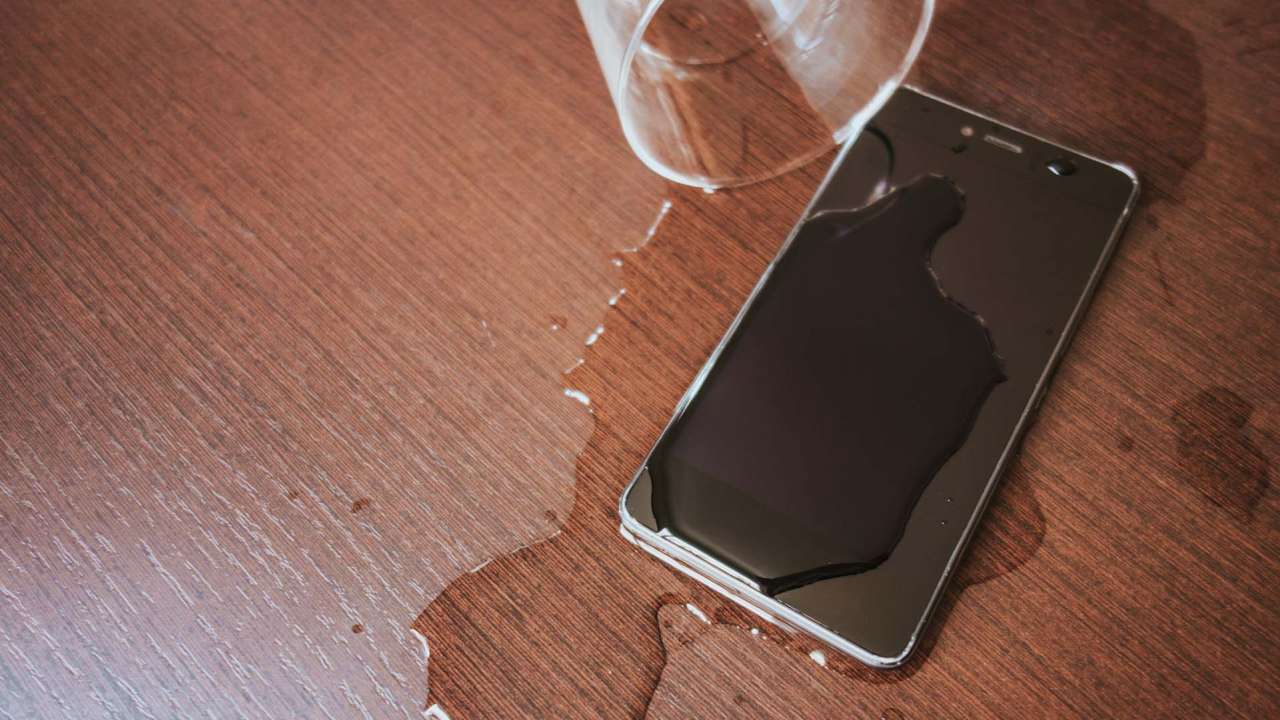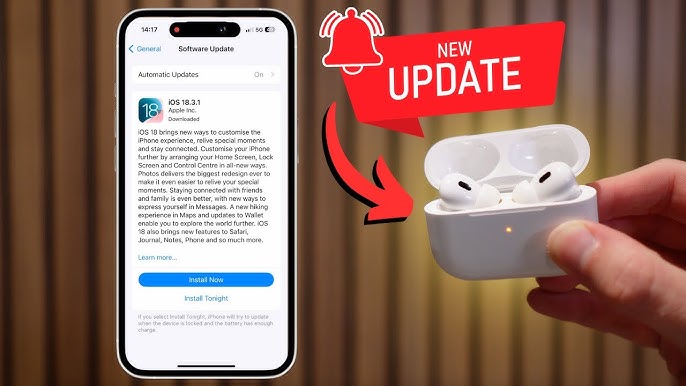Accidental spills, rain exposure, sweaty pockets, or even high humidity can quickly lead to serious smartphone issues. One of the most common and troublesome problems is Samsung touch not working after liquid damage, which leaves users frustrated and unable to operate their device. Even though modern Samsung phones come with water-resistant ratings, liquid intrusion can still happen—often in ways you may not expect.
Moreover, liquid damage progresses rapidly. Therefore, understanding what causes touch failure, what you must do immediately, and what is actually repairable can prevent irreversible harm. This comprehensive guide covers everything you need to know about Samsung touch not working after liquid damage, including symptoms, causes, repair possibilities, and prevention.
Understanding Samsung Touch Not Working After Liquid Damage
When your Samsung phone’s touch becomes unresponsive or erratic after coming in contact with liquid, this usually indicates that moisture has reached the display layers, digitizer, touch IC, or internal connectors. Although the phone may still appear functional in other areas, the touchscreen problem is a clear sign of internal moisture damage.
Because the digitizer is extremely sensitive, even a tiny droplet can disrupt its electrical signals. Consequently, users experience issues such as ghost touches, delayed responses, or complete touch failure. This is why Samsung touch not working after liquid damage is one of the most common post-water exposure issues.
Key Signs of Samsung Touch Not Working After Liquid Damage
Before attempting any solution, it is important to confirm the symptoms of Samsung touch not working after liquid damage. Here are the most common signs:
1. Touchscreen Completely Unresponsive
The most obvious sign is when the device powers on normally, but the touch does not respond at all.
2. Ghost Touches for Samsung Touch Not Working After Liquid Damage
The screen registers random touches or opens apps on its own. This happens because moisture interferes with the digitizer lines.
3. Half Screen Touch Failure
Sometimes only part of the screen works—usually the top or bottom half—indicating partial liquid entry.
4. Slow or Laggy Touch Response
Water can create inconsistent electrical contact, causing extreme delays in touch response.
5. Screen Flickering or Dimness
Touch failure may be accompanied by a flickering display, another common result of moisture reaching the display circuits.
6. Heating Issues After Water Contact
If the phone heats up unusually, this may signal an active short circuit in the touch-related components.
Recognizing these symptoms early helps prevent more severe damage.
Why Samsung Touch Not Working After Liquid Damage Happens
Touchscreen malfunction can occur for several reasons after water exposure. Below are the most frequent technical causes:
1. Moisture Inside the Screen Layers
Samsung AMOLED screens include multiple layers, including OLED, digitizer, and protective glass. Moisture between these layers disrupts the digitizer’s ability to detect touch.
2. Corroded Touch Flex Cable
The touch flex, which carries signals from the screen to the motherboard, is extremely sensitive. Water causes oxidation or rust, leading to touch failure.
3. Damaged Touch IC (Integrated Circuit)
If water shorts the touch IC, the entire touch system can stop working. This is one of the most common repairable issues for Samsung screen not working after liquid damage.
4. Liquid on the Motherboard
Water may reach the logic board through charging ports, speaker grills, or small cracks. This causes shorts and breaks contact points related to touchscreen functionality.
5. Microcracks in the Screen
If your display already had tiny cracks, liquid can seep inside extremely quickly, attacking the digitizer more aggressively.
6. Backlight and Touch Co-Damage
In severe cases, moisture affects both the display illumination and touch function simultaneously.
What to Do Immediately When Samsung Touch Not Working After Liquid Damage
Acting fast is key to saving your device. When you notice Samsung screen not working after liquid damage, do the following immediately:
1. Power Off the Device
Keeping the phone on increases the risk of short circuits, especially in the display and touch circuits.
2. Do Not Charge the Phone for Samsung Touch Not Working After Liquid Damage
Charging a wet phone can cause severe motherboard failure.
3. Remove Any Case and Wipe the Surface
A microfiber cloth helps prevent further liquid entry around the edges.
4. Avoid Using Hairdryers or Hot Air
Heat forces moisture deeper inside and can warp the AMOLED layers.
5. Use Silica Gel, Not Rice
Silica gel effectively absorbs moisture around the device without leaving dust or residue.
6. Avoid Pressing the Screen
Pressing or bending the screen spreads liquid into the digitizer layers, making the issue worse.
Although these steps help minimize damage, they do not guarantee full recovery if the liquid has already reached internal components.
What NOT to Do During Samsung Touch Not Working After Liquid Damage
Avoid these common mistakes at all costs:
- Do not continue to use the phone.
- Do not try to shake the device to remove water.
- Do not use the freezer or sunlight drying methods.
- Do not open the phone without proper tools.
- Do not connect it to a PC or charger.
These actions can turn a repairable touch issue into a complete device failure.
What’s Actually Repairable in Samsung Touch Not Working After Liquid Damage
The good news is: most issues related to Samsung screen not working after liquid damage are repairable if handled promptly by professionals. Here’s a breakdown of what can be fixed:
1. Touch Flex Cable Cleaning or Replacement
Technicians can remove corrosion and replace damaged flex cables to restore touch functionality.
2. Touch IC Repair or Replacement
If the IC has shorted, it can be reballed or replaced. This is one of the most successful solutions for restoring touch.
3. Display Replacement for Samsung Touch Not Working After Liquid Damage
If the AMOLED or digitizer layers are damaged beyond repair, a full display replacement solves the issue.
4. Motherboard Short Removal
Liquid-damaged components can be cleaned, resoldered, or replaced under a microscope.
5. Charging Port & Speaker Drying
These areas often trap water and cause indirect touch issues; therefore, a professional drying process helps significantly.
6. Internal Chemical Cleaning
This removes oxidation and prevents future corrosion.
Because the internal architecture of Samsung devices is delicate, these repairs must be done by experienced technicians with proper tools.
If you’re in Dubai, you can get professional help at Milaaj mobile and laptop repair Dubai, where certified specialists provide moisture-damage diagnostics and touchscreen repair solutions.
Will Samsung Touch Not Working After Liquid Damage Fix Itself?
In some light exposure cases—such as minimal condensation—touch may return after 24–48 hours. However, in most cases, water leaves corrosion or internal shorts that do not disappear on their own. Therefore:
- If touch is fully dead, it will not fix itself.
- If ghost touches occur, they usually worsen.
- If moisture has reached the digitizer, the damage becomes permanent over time.
Thus, the sooner you get a proper inspection, the better the chances of repairing Samsung screen not working after liquid damage without replacing major components.
How to Prevent Samsung Touch Not Working After Liquid Damage in the Future
After your device is repaired, consider the following preventive measures:
1. Avoid using your phone in the rain
Even with IP ratings, repeated exposure weakens seals.
2. Never take your phone into steam-heavy areas
Steam can penetrate faster than water droplets.
3. Use protective waterproof pouches
Especially for beach trips, pools, or outdoor activities.
4. Keep your device away from sweaty pockets
Sweat contains salts that accelerate corrosion.
5. Regularly inspect for microcracks
A tiny crack can allow water to penetrate deeply.
6. Do not expose the phone to rapid temperature changes
Shifting from cold AC rooms to hot outdoors causes condensation.
Following these steps reduces the risk of experiencing Samsung touch not working after liquid damage again.
Samsung Touch Not Working After Liquid Damage
Encountering Samsung touch not working after liquid damage is alarming, but the good news is that most issues are repairable if handled quickly. Touch failure is typically caused by moisture affecting the digitizer, flex cables, touch IC, or motherboard circuits. By taking immediate action, avoiding harmful DIY methods, and seeking professional repair, you can often restore the phone without permanent loss.
Get professional Mobile Phone repair services with expert technicians ensuring top-quality results.
Instead of trying random recovery apps, always rely on certified software or trusted repair centers like Milaaj for secure data restoration.
Enjoy quick and reliable home delivery for your repaired or purchased devices.
Sell your old Phone with confidence and get the best value instantly.
📍 Visit Any Milaaj Branch in Dubai
🔹 Bur Dubai
Milaaj Mobile and Laptop Repair Dubai
📞 055 258 8477
🔗 Google Maps
🔹 Al Barsha
Milaaj Mobiles and Laptop Repair Al Barsha
📞 052 596 2846
🔗 Google Maps
🔹 Al Barsha 3
Milaaj Mobiles and Gaming Store
📞 052 3405 814
🔗 Google Maps
🔹 Al Nuaimiya
Milaaj Mobiles and Laptops Ajman
📞 055 788 9654
🔗 Google Maps
📧 Email: support@milaaj.com
🕒 Operating Hours: Monday – Sunday




Leave a Reply